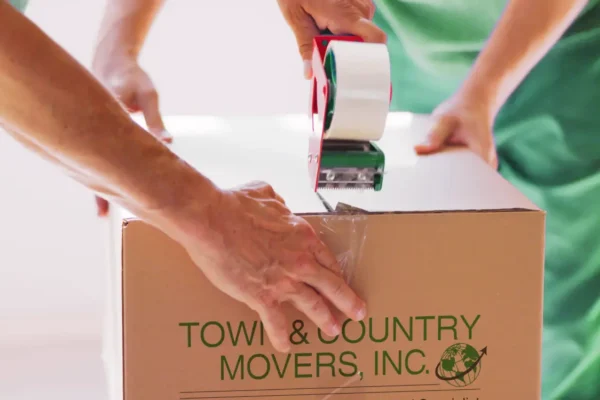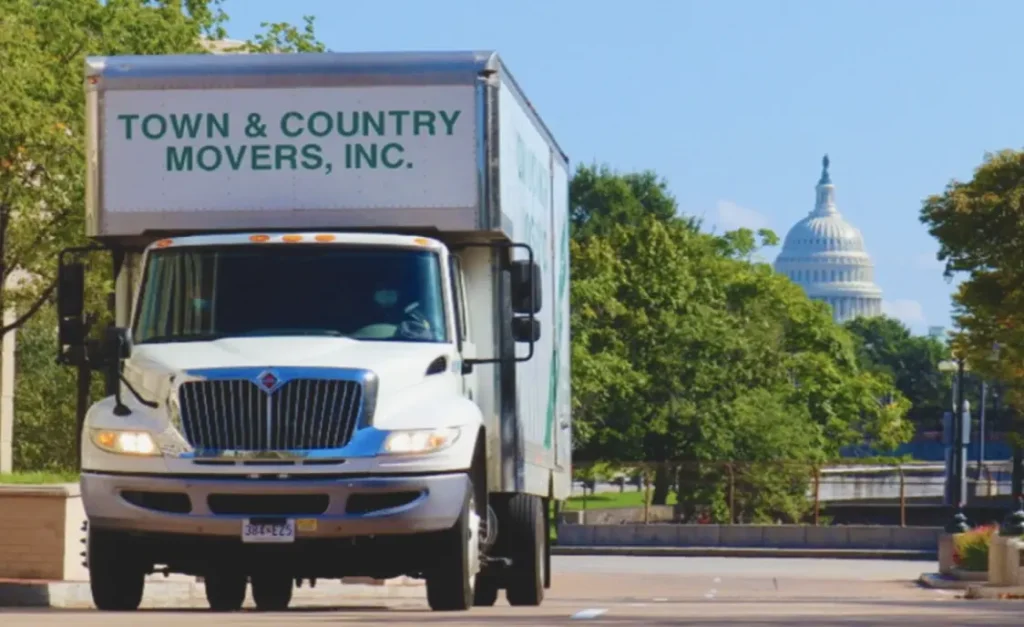Corporate moving, or business relocation, has become an essential aspect of modern companies’ growth and survival strategies. Whether you’re upgrading to a larger office space, expanding to new markets, or seeking a more cost-effective location, a well-executed corporate move can propel your business forward. In this guide, we’ll walk you through each step of the process to ensure a smooth transition that minimizes downtime and maximizes efficiency.
Step 1: Preparing for the Move
Conduct a Detailed Assessment
Before you embark on your office move, it’s crucial to conduct a thorough assessment of your current workspace. Identify key aspects such as the size of your office, the number of employees, furniture, equipment, and any unique needs your business might have.
Set a Clear Timeline
Establish a clear timeline for your move, considering factors like lease agreements, business operations, and renovation requirements. Having a well-defined schedule will help you allocate resources efficiently and ensure a streamlined transition.
Step 2: Formulate a Strategy
Assemble a Dedicated Team
Select a team of individuals responsible for overseeing various aspects of the move. Assign roles such as project manager, IT coordinator, logistics expert, and communication liaison. This team will work collaboratively to ensure all moving components are addressed effectively.
Budget Allocation
Create a detailed budget that covers all anticipated expenses, including packing materials, transportation, potential storage, and unforeseen costs. Sticking to your budget will prevent financial surprises during the process.
Step 3: Plan Logistics
Choose the Right Moving Company
Research and select a reputable moving company that specializes in office relocations. Request quotes, compare services, and check reviews to ensure you’re making an informed choice.
Create a Floor Plan
Design a new office layout that optimizes space and enhances workflow. Collaborate with department heads to allocate workstations, meeting rooms, and communal areas strategically.
Step 4: Organize Packing and Labeling
Inventory Assessment
Prepare a thorough list of all the items that need to be moved. Categorize them based on priority and fragility to facilitate the packing process.
Efficient Packing
Provide your employees with guidelines on how to pack their belongings efficiently. Encourage them to declutter and dispose of items that are no longer necessary.
Step 5: IT and Communication Setup
IT Infrastructure
Coordinate with your IT team to ensure a seamless transfer of technology and connectivity. This includes transferring phone lines, and internet connections, and setting up servers and workstations.
Data Security
Implement stringent data security measures during the move to protect sensitive business information. Back up critical data and ensure secure transportation.
Step 6: Moving Day
Coordination and Communication
Maintain open communication with all stakeholders on moving day. Update employees, clients, and vendors about the relocation to minimize disruption.
Unpacking and Setup
Ensure a smooth unpacking process by following the floor plan. Set up workstations, install equipment, and test IT infrastructure to ensure everything is functioning as intended.

Step 7: Post-Move Evaluation
Feedback Collection
Gather feedback from employees about their experience during the move. Use their insights to improve future relocations and address any challenges faced.
Finalize Documentation
Complete all paperwork associated with the move, including lease agreements, contracts with vendors, and any required notifications to clients and partners.
What Are the Key Considerations When Planning a Corporate Move?
Planning a corporate move involves several critical considerations to ensure a smooth transition for your organization. The following key factors should be carefully addressed:
- Timeline: Determine the optimal timeframe for the move to minimize disruption to daily operations.
- Budget: Set a realistic budget that accounts for all expenses related to the move, including packing, transportation, and any unforeseen costs.
- Logistics: Create a comprehensive plan for packing, transportation, and unpacking at the new location.
Embarking on an office move is a significant endeavor that requires meticulous planning, precise execution, and effective communication. By following this comprehensive guide, your business can navigate the complexities of an office relocation with confidence and ensure a seamless transition. Remember, each step plays a vital role in minimizing disruptions and maximizing productivity during this critical phase of your company’s journey.
Remember, a successful office move is about more than just relocating physical items; it’s about ensuring your team’s morale remains high and your business continues to thrive amidst the change. Good luck with your upcoming move!
Top Corporate Moving Company in Gaithersburg, MD
Ready to take the hassle out of corporate relocation? Look no further than Town and Country Movers! Our expert team specializes in seamless and stress-free corporate moves, ensuring your business transitions smoothly to its new location. Experience minimal downtime, maximum efficiency, and top-notch professionalism. Contact us today at (800) 683-6683 to schedule your corporate move or request a free estimate and discover the difference between working with the best in the business.




